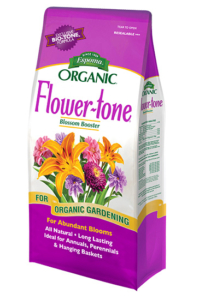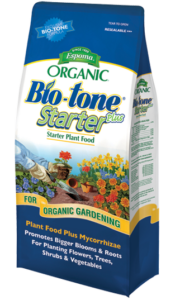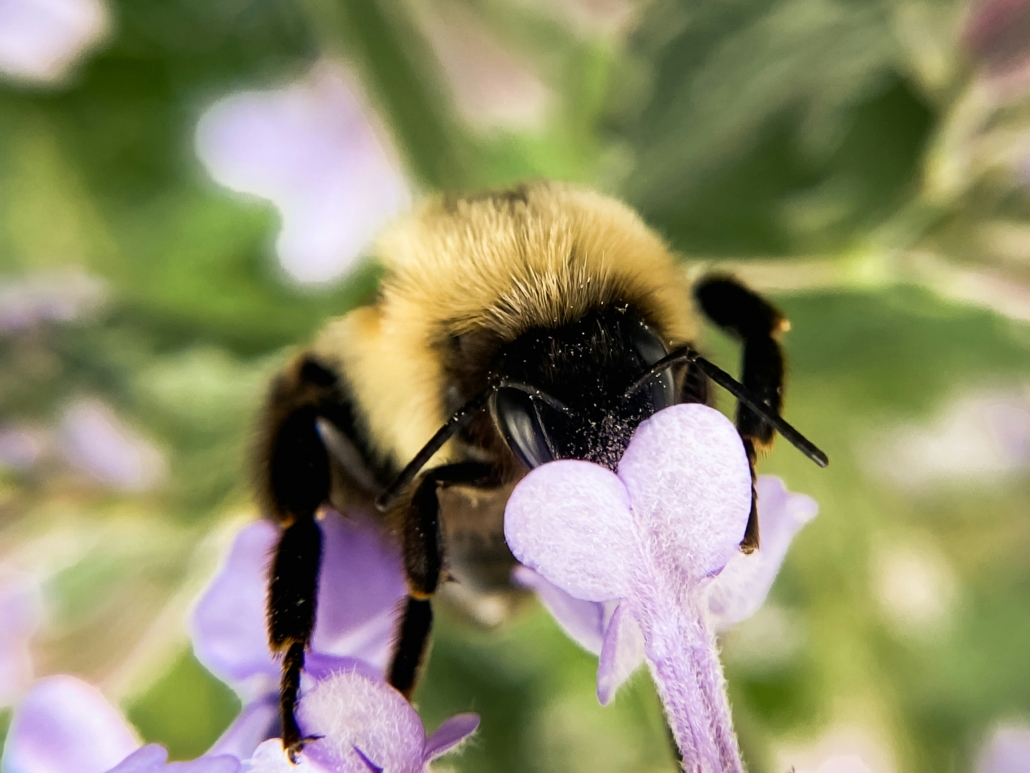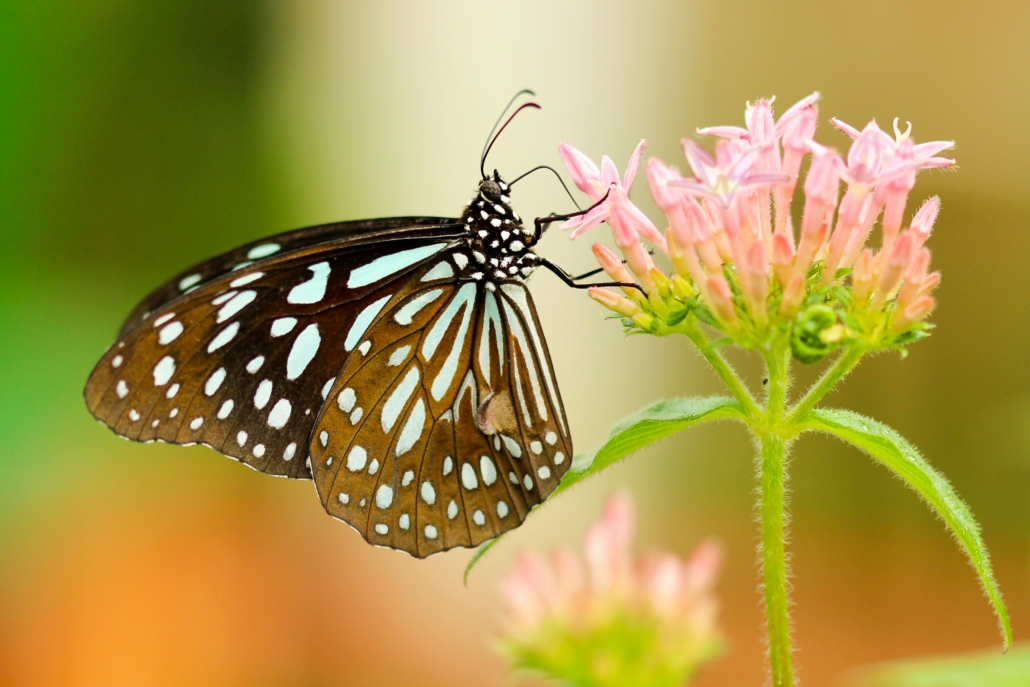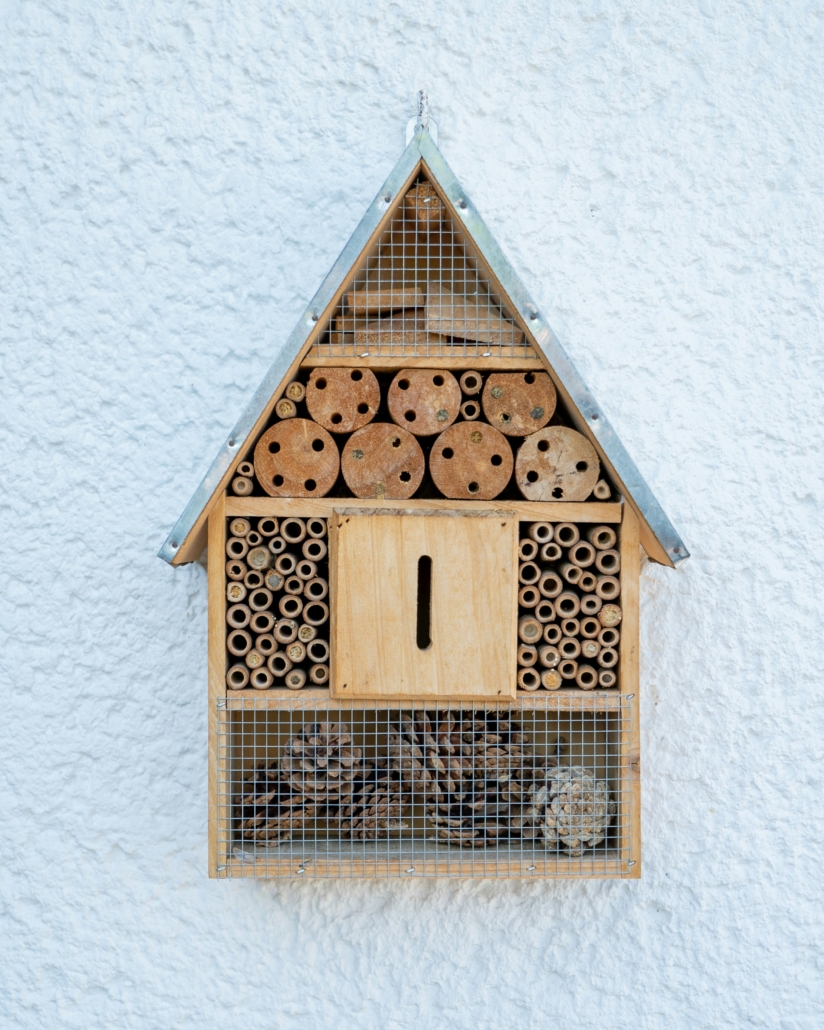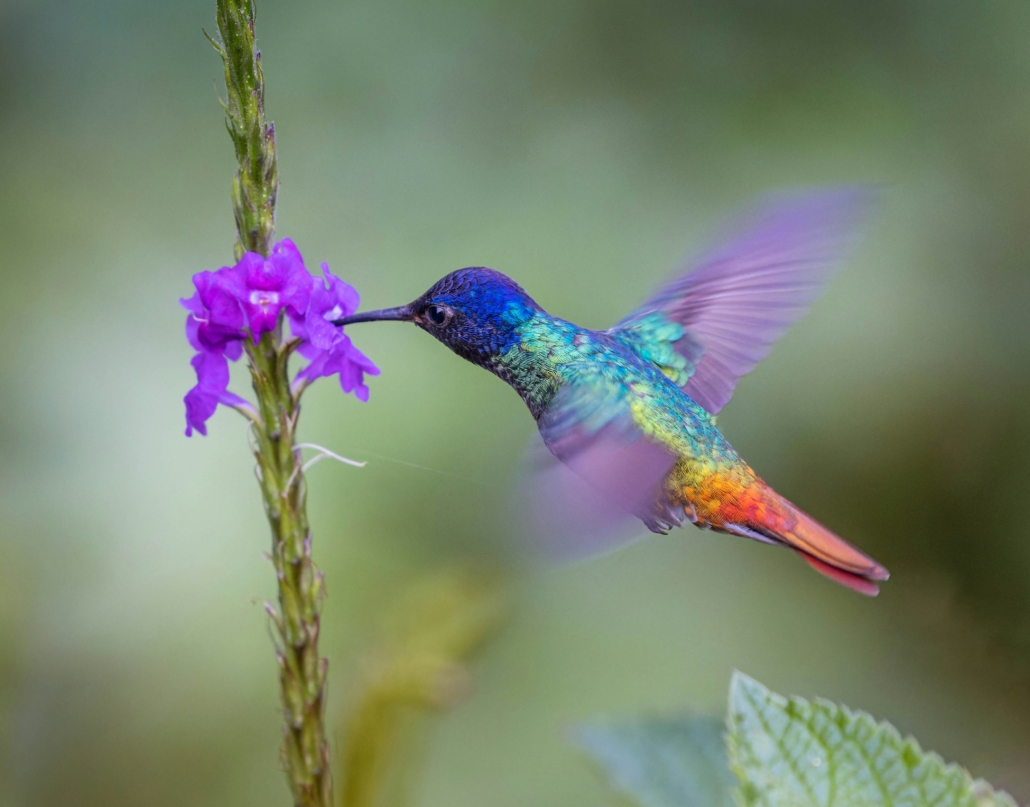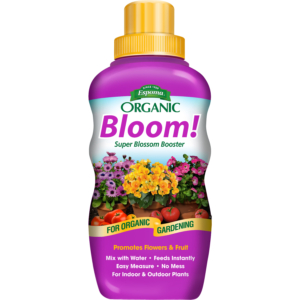Hummingbirds bring a magical touch to any garden with their vivid colors and swift, darting movements. Attracting these tiny birds is all about selecting the right plants that provide plenty of nectar and visual interest. Here are some of the best plants to add to your garden to make it a welcoming space for hummingbirds.
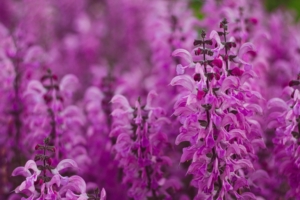
1. Salvia (Sage)
Salvia is a hummingbird favorite due to its tubular flowers, which are perfect for their long beaks and tongues. With many varieties available, you can find salvias that bloom in shades of red, pink, purple, and blue—all of which will draw hummingbirds in.
Use Espoma Organic Flower-tone when planting to help provide the nutrients needed to produce these beautiful blooms.
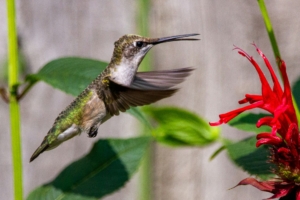
2. Bee Balm (Monarda)
Known for its unique, spiky blooms, bee balm is a magnet for hummingbirds. The bright red, pink, and purple flowers provide plenty of nectar and also attract butterflies and bees, adding even more life to your garden.
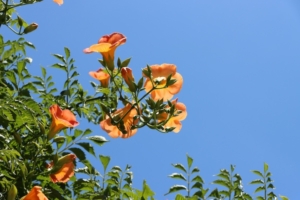
3. Trumpet Vine (Campsis radicans)
As its name suggests, the trumpet vine produces large, trumpet-shaped flowers that are ideal for hummingbirds. This vigorous climber can cover fences and trellises, providing a striking backdrop of orange or red blooms that hummingbirds will love.
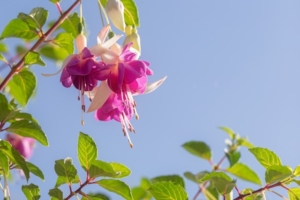
4. Fuchsia
Fuchsia plants are well-loved by hummingbirds for their pendulous, brightly colored flowers. These plants do well in hanging baskets and shaded areas, making them versatile additions to your garden space.
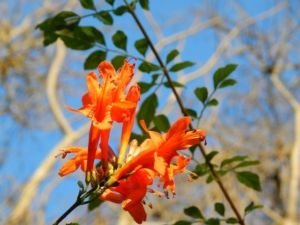
5. Honeysuckle (Lonicera)
Honeysuckle vines offer fragrant, tubular flowers that are perfect for attracting hummingbirds. Look for non-invasive varieties to ensure your garden stays balanced and thriving.
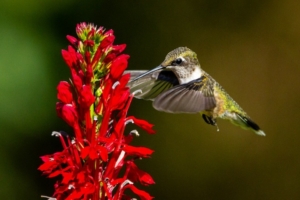
6. Cardinal Flower (Lobelia cardinalis)
With its stunning red spikes of flowers, the cardinal flower is a fantastic addition for attracting hummingbirds. This perennial thrives in moist areas, making it a good choice for gardens with water features.
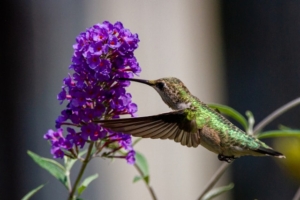
7. Butterfly Bush (Buddleja)
Despite its name, the butterfly bush is not just for butterflies. Its clusters of small, tubular flowers are excellent sources of nectar for hummingbirds. This shrub comes in many colors, including purple, pink, and white, providing visual interest throughout the blooming season.
Planting Tips for Hummingbird Gardens
- Variety is Key: Plant a mix of species that bloom at different times to ensure a steady supply of nectar from spring through fall.
- Go Native: Whenever possible, choose native plants that hummingbirds are naturally attracted to and that will thrive in your local climate. When Planting, use Espoma Organic Bio-tone Starter Plus to provide the essential nutrients needed for these plants to establish strong roots in their new environment.
- Provide Water: Hummingbirds are drawn to water sources for both drinking and bathing. Consider adding a birdbath or a water mister to your garden.
By incorporating these plants and following these tips, you can create a vibrant and inviting space that will attract hummingbirds to your garden, bringing color and life to your outdoor space. Enjoy the enchanting sight of these tiny birds flitting from flower to flower!
*****
Featured Products:
